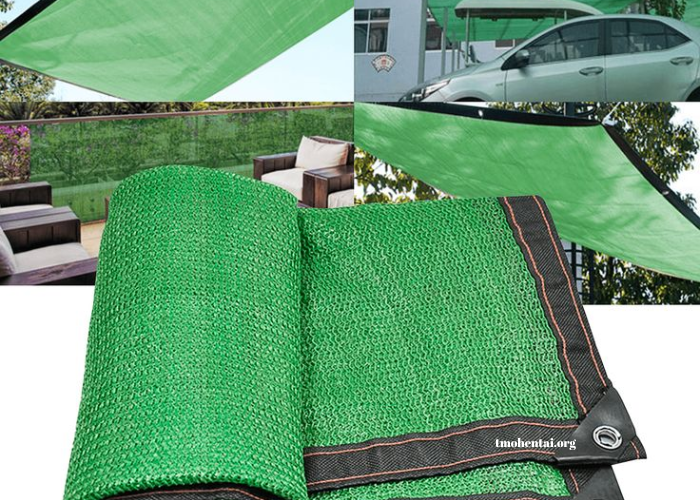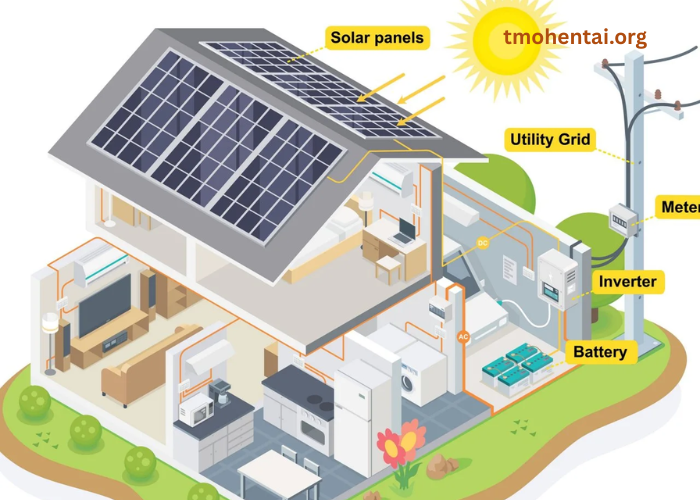Shade cloth is made using Raschel knitted machines to form high-density polyethylene knitted meshes of a specific mesh size. It can reduce heat build-up by absorbing light and reflecting it during the day. White shade nets also diffuse sunlight evenly, allowing plants to grow at their optimal rate while preventing sunburn. This is why many greenhouse owners choose them.
Light Reflection
White shade nets excel at reflecting sunlight, allowing for the majority of it to pass through while keeping the environment beneath cooler. This is a great benefit for crops that thrive in a lighter environment, such as strawberries, and can help protect them from overheating while keeping them juicy and sweet. In addition, the white color of the shade cloth helps diffuse light evenly, allowing for better aeration and distribution throughout plants. This helps reduce heat accumulation and prevents the formation of hot spots, helping to keep plants healthy and consistent in growth.
Unlike White Shade Net, black ones absorb sunlight rather than reflect it, which can raise temperatures and limit the amount of light that penetrates through. However, this can be a positive feature for some crops, such as tomatoes, that thrive in dark environments and are sensitive to excessive sun exposure. This type of shade netting is also a good option for protecting plants from insects and pests that thrive in darker conditions.
Temperature Control
The white shade netting is designed to protect plants and crops from excessive sunlight and heat. It reflects a significant portion of the sunlight that passes through it and helps in keeping the environment cooler. This allows the plant to grow more quickly, as well as reducing the amount of time required for flowering and fruit development.
The color of the shade net also influences the spectral quality of the light that passes through it. Several studies have shown that coloured nets can affect crop growth and quality. However, most of them have not included wavelength-specific data on UV irradiance. A study on fig trees showed that blue nets increased stomatal conductance and leaf water content. They also improved titratable acidity, antioxidant activity and anthocyanins in the fruit.
UV Protection
White shade cloth is popular with greenhouse owners because it scatters sunlight uniformly, allowing each plant to receive an equal amount of light and promoting even growth. It also reduces the temperature of the surrounding environment, keeping it cooler and helping plants to avoid overheating. The shade provided by this type of netting can help protect crops from harsh sun, especially during the hottest days of Summer. It can prevent damage to foliage and stems, preventing crop loss.
However, it’s important to note that the color of shade net can affect the spectral quality of irradiance transmitted by the net, which can have implications for plant photoreceptor function and responses. Specifically, the color and net pattern can significantly influence UVB:UVA ratios of irradiance transmitted. When compared to a green patterned net of the same nominal shading factor, Harmony-type and Solaro-type climate screens produced lower UVB:UVA ratios than ambient sunlight and the two black patterned nets differed markedly in this regard.
Durability
Shade Nets work by diffusing the amount of sunlight that passes through and help create optimal growing conditions for specific crops anywhere on the planet, in any climate. This makes them an effective alternative to conventional labor-intensive methods and heavy use of chemicals in greenhouse crop cultivation.
This is especially useful for cultivating high-value economic crops like ornamental flowers such as orchids and gerberas, and herbaceous plants essential for spice cultivation. Shade netting also helps reduce soil erosion and evaporation while improving ventilation in greenhouses.
Choosing the right color of shade cloth is important for the health and productivity of your crops. For example, white shade nettings reflect light and heat, making them perfect for warmer environments where plant growth is affected by overheating. On the other hand, black shade nettings absorb and distribute heat more evenly, but may limit light penetration in certain situations. It’s best to consider your needs and environmental conditions before deciding between white or black shade netting.
Conclusion
White Shade Net is a woven material designed to protect plants, crops and greenhouses from excessive sunlight and heat. The cloth reflects some of the sunlight and allows a portion to pass through, diffusing light evenly to reduce direct exposure.





